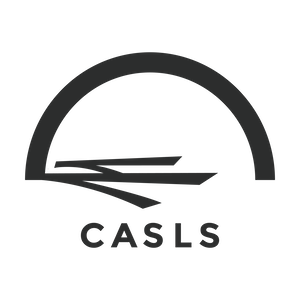View Content #27719
| Contentid | 27719 |
|---|---|
| Content Type | 3 |
| Title | Beyond Proficiency: Expanding Our Models of Language Learning and Teaching |
| Body | By Julie Sykes, CASLS' Director As we have seen throughout this month, proficiency serves as a useful and accessible heuristic to align discussions around learning goals and outcomes, inform lesson planning, and measure language ability. It guides teachers and learners toward functional language and offers a holistic approach to describing language abilities. Yet, despite their usefulness, proficiency models are not a panacea and do not encapsulate all that is needed when building communicative competence (Bachman, 1990; Canale and Swain, 1980). Each of these models highlights the fundamental of importance of elements of language not fully captured in proficiency models. Take, for example, one half of Bachman’s (1990) model in which he highlights the fundamental need for pragmatics competence (i.e., illocutionary and sociolinguistic competence), both of which are critical for demonstrating and developing proficiency, but not immediately evident in current proficiency models. As we move towards more comprehensive models, it becomes increasingly critical to capture these additional elements of communicative competence in everyday classroom lessons. This week’s Activity of the Week offers an example of three ways to expand current models of language proficiency to include additional strategic and discursive skills.
References Bachman, L. F. (1990). Fundamental considerations in language testing. Oxford: Oxford University Press. Canale, M. & Swain, M. (1980). Theoretical Bases of Communicative Approaches to Second Language Teaching and Testing. Applied Linguistics. I. 10.1093/applin/I.1.1. |
| Source | CASLS |
| Inputdate | 2019-10-27 22:04:55 |
| Lastmodifieddate | 2019-10-28 04:25:06 |
| Expdate | Not set |
| Publishdate | 2019-10-28 02:15:02 |
| Displaydate | 2019-10-28 00:00:00 |
| Active | 1 |
| Emailed | 1 |
| Isarchived | 0 |
